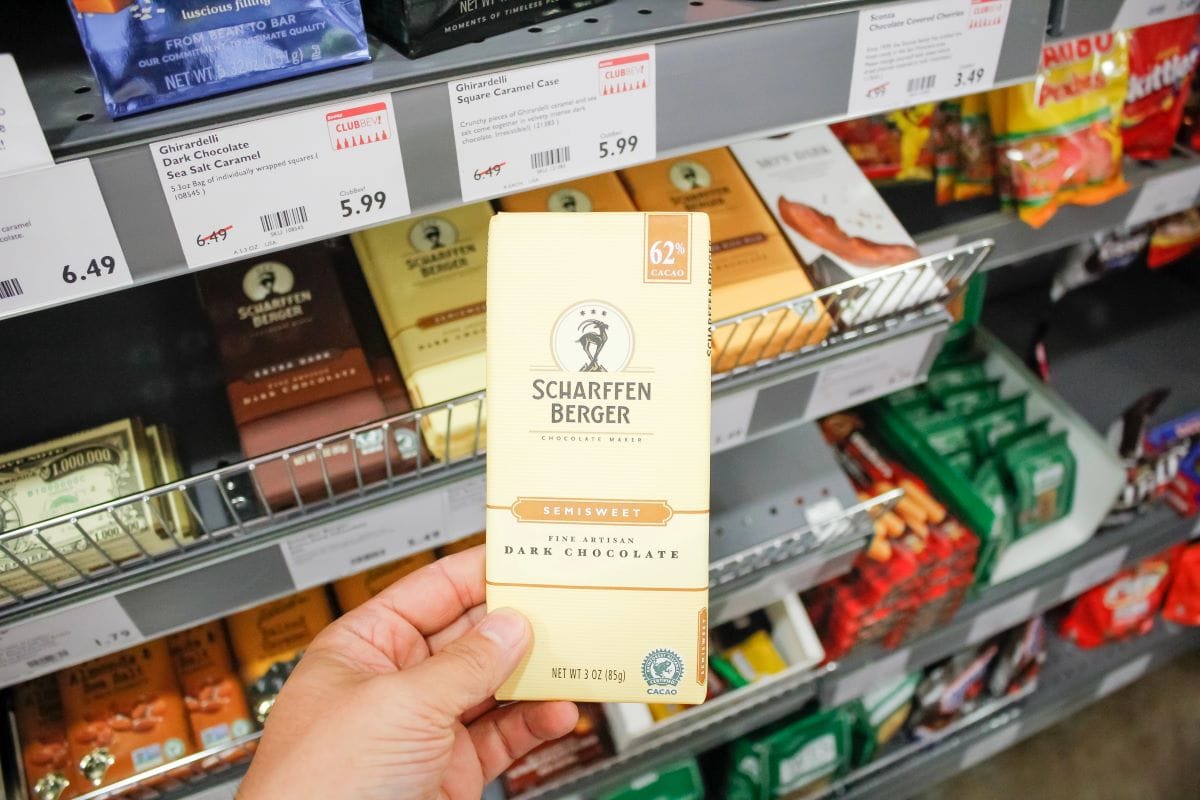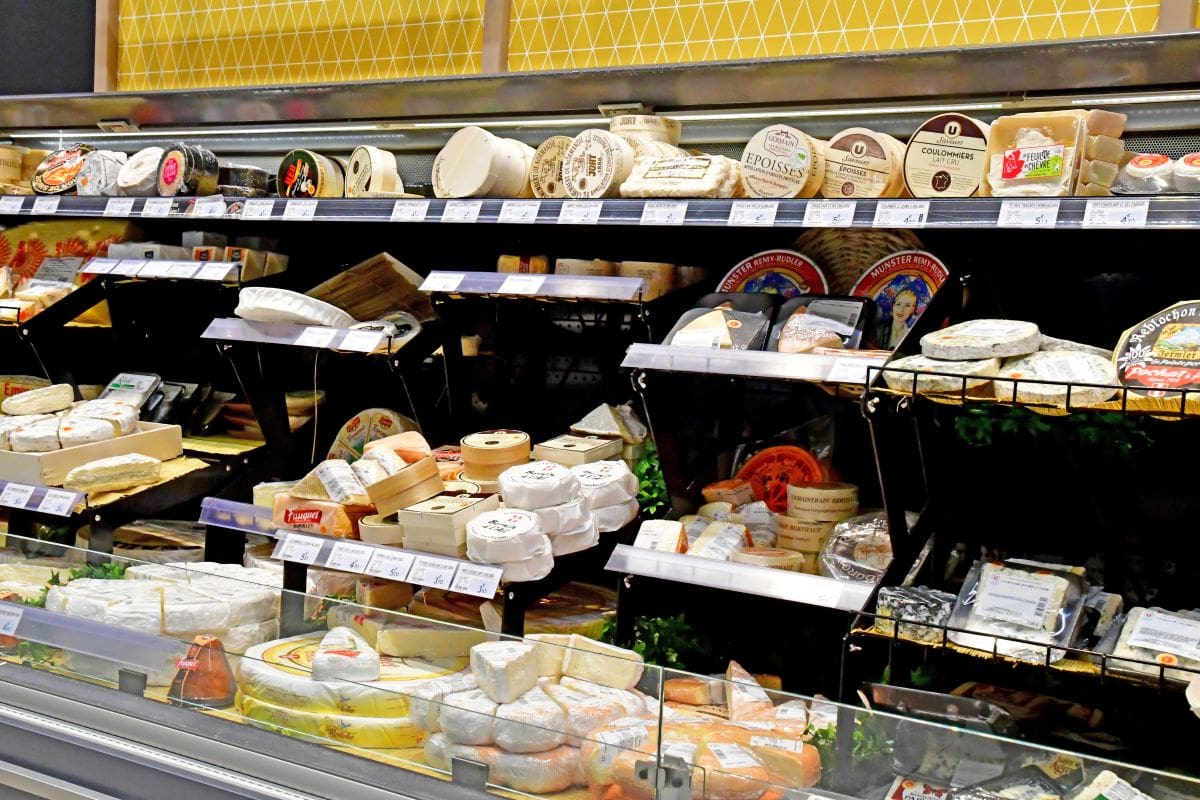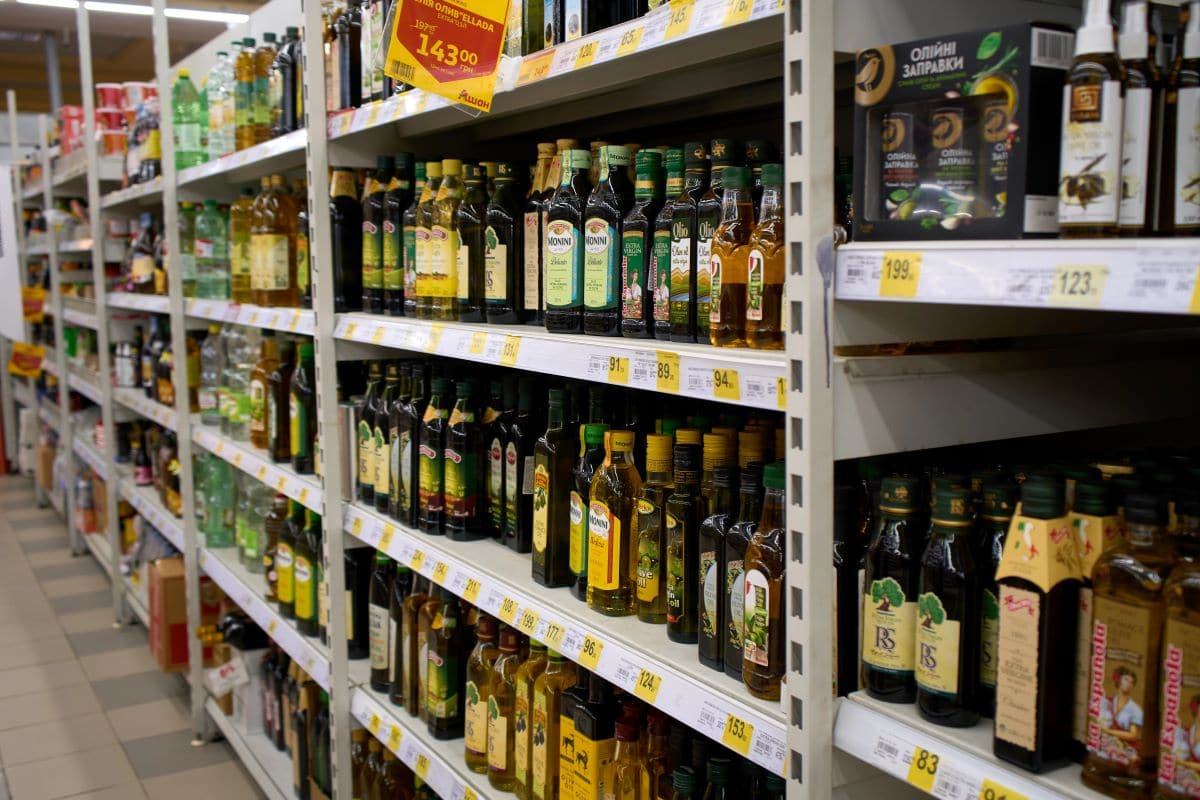This post may contain affiliate links which means I will get a commission if you make a purchase at no additional cost to you. As an Amazon Associate I earn from qualifying purchases. Please read my disclosure for details.
From rich French butter to Italian olive oils and imported Swiss chocolate, European groceries are popular in US stores for a reason.
They offer heritage, flavor, and quality that appeal to a growing number of shoppers. But behind the premium packaging and curated shelves lies a cost structure many customers do not see. These hidden factors shape why imported groceries often cost more than local alternatives.
Import Tariffs Raise the Shelf Price

WANT TO SAVE THIS RECIPE?
European food items are often taxed when they enter the US, which adds a layer of cost before they even hit store shelves. Specialty cheeses, wines, and meats face higher tariffs under certain trade categories. Those fees are passed down to the consumer without much visibility.
Supply Chain Logistics are Slower and Pricier

Shipping chilled or fragile products like truffle butter or aged prosciutto from Europe to the US requires specific packaging and refrigeration. Delays at ports and increased container costs only add to the final price. This makes every product more expensive before it even reaches the aisle.
Currency Fluctuations Affect Pricing

The euro to dollar exchange rate shifts often, and that change impacts wholesale costs. If the dollar weakens, US stores must pay more for the same imported product. This unpredictability forces stores to raise prices or reduce stock to stay profitable.
Labeling Rules Increase Repackaging Costs

European products must often be relabeled to meet US food regulations, including nutritional info and allergen disclosures. This process adds both time and labor costs, especially for small batch goods. Those behind the scenes changes contribute to why a simple item might cost double.
Limited Shelf Space Means Higher Markup

Imported items often occupy premium shelf space in boutique or gourmet sections of grocery stores. Because these products sell in smaller volumes, stores raise the price to meet profit goals. Shoppers pay more for exclusivity even when the product is not much different in volume or quality.
Seasonal Batches Make Pricing Less Stable

Some European groceries arrive in seasonal batches, like summer olive oil or holiday biscuits, which limits availability. Retailers often price these items higher due to the short supply window. Customers end up paying a premium for timing, not just for the product itself.
Related Post: 15 No-Cook Summer Staples People Swear By In Southern States
Branding Adds Perceived Luxury

Imported groceries often carry a reputation for being artisanal or elite, even when they are everyday items in their country of origin. That reputation leads to higher markups in US markets. Buyers are often unaware that the price includes perception, not just product.
Related Post: 12 Wildly Underrated Things To Grill That Aren’t Meat But Taste Great
Sign up now to receive our exclusive e-cookbook filled with top-rated recipes for FREE!
European groceries in US stores offer unique flavor and story, but they come with a layered cost that few shoppers realize. Tariffs, transport, labeling, and perception all shape the final price. For those willing to pay, the experience is distinct, but it is not as simple as taste alone.
Disclaimer: This list is solely the author’s opinion based on research and publicly available information.
12 Items Boomers Knew Were Always Worth The Price

There was a time when shopping was about more than getting a good deal. For Baby Boomers, it was about choosing items that held their value, lasted for years, and brought peace of mind in the long run. Price mattered, but so did purpose. They understood the quiet satisfaction that came from buying something once and buying it right.
Read it here: 12 Items Boomers Knew Were Always Worth The Price
How to Save $100+ Every Month at the Grocery Store

From planning your meals to avoiding sneaky upcharges in the snack aisle, here’s a realistic guide to trimming your food budget without adding stress to your week.
Read it here: Things Moms Waste Money On (and Don’t Even Know It)
Is Walmart+ Still Worth It in 2025? The Truth After 3 Years

Is the new Walmart Plus worth the annual fee or is it just another failed version of Amazon Prime? I spent my own money trying this service out for 12 months and counting. I have a lot to say about the benefits and drawbacks in this Walmart+ honest review.
Read it here: Is Walmart+ Worth It? Honest Review 3 Years Later!
You’ll love these related posts:
